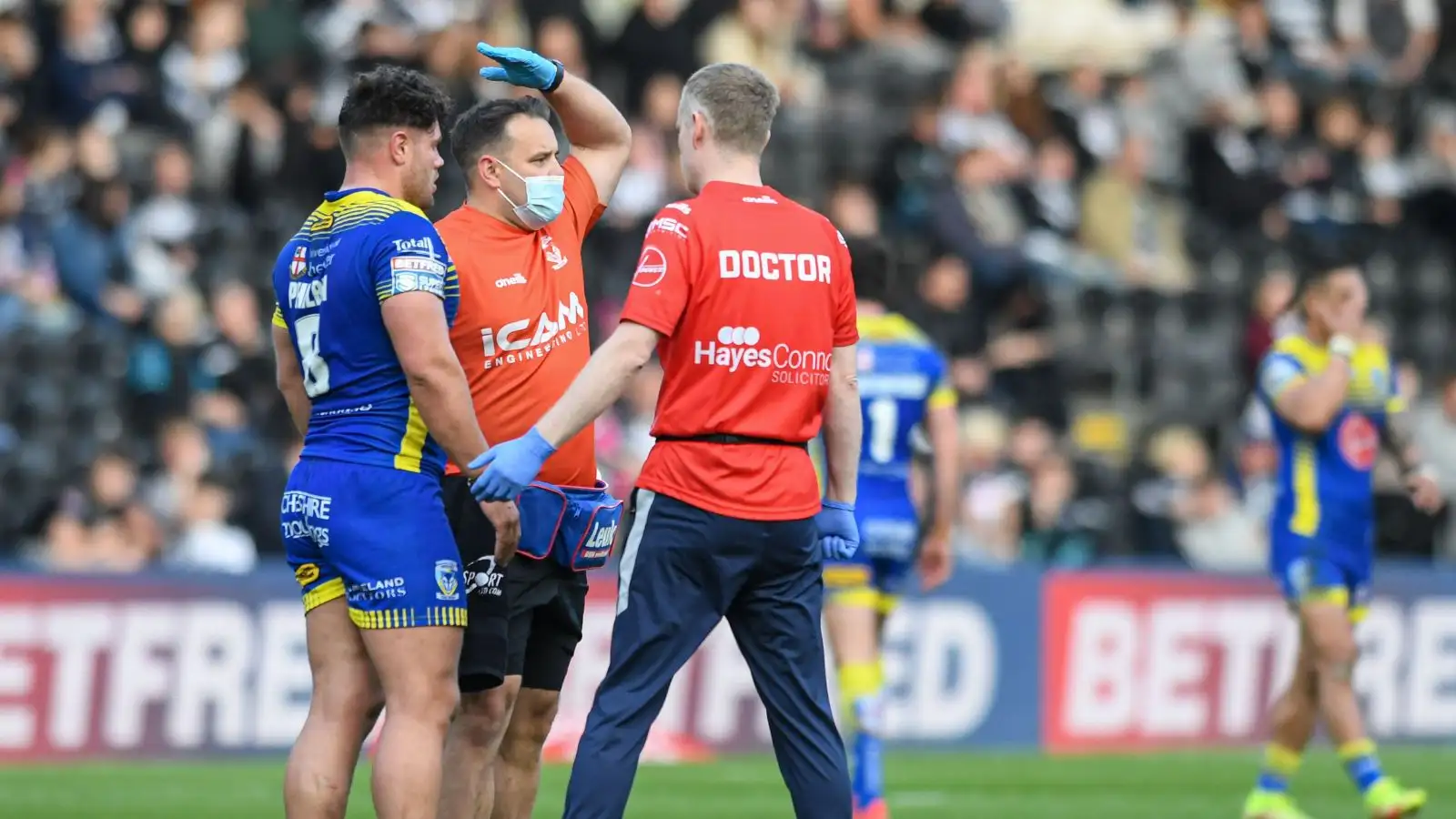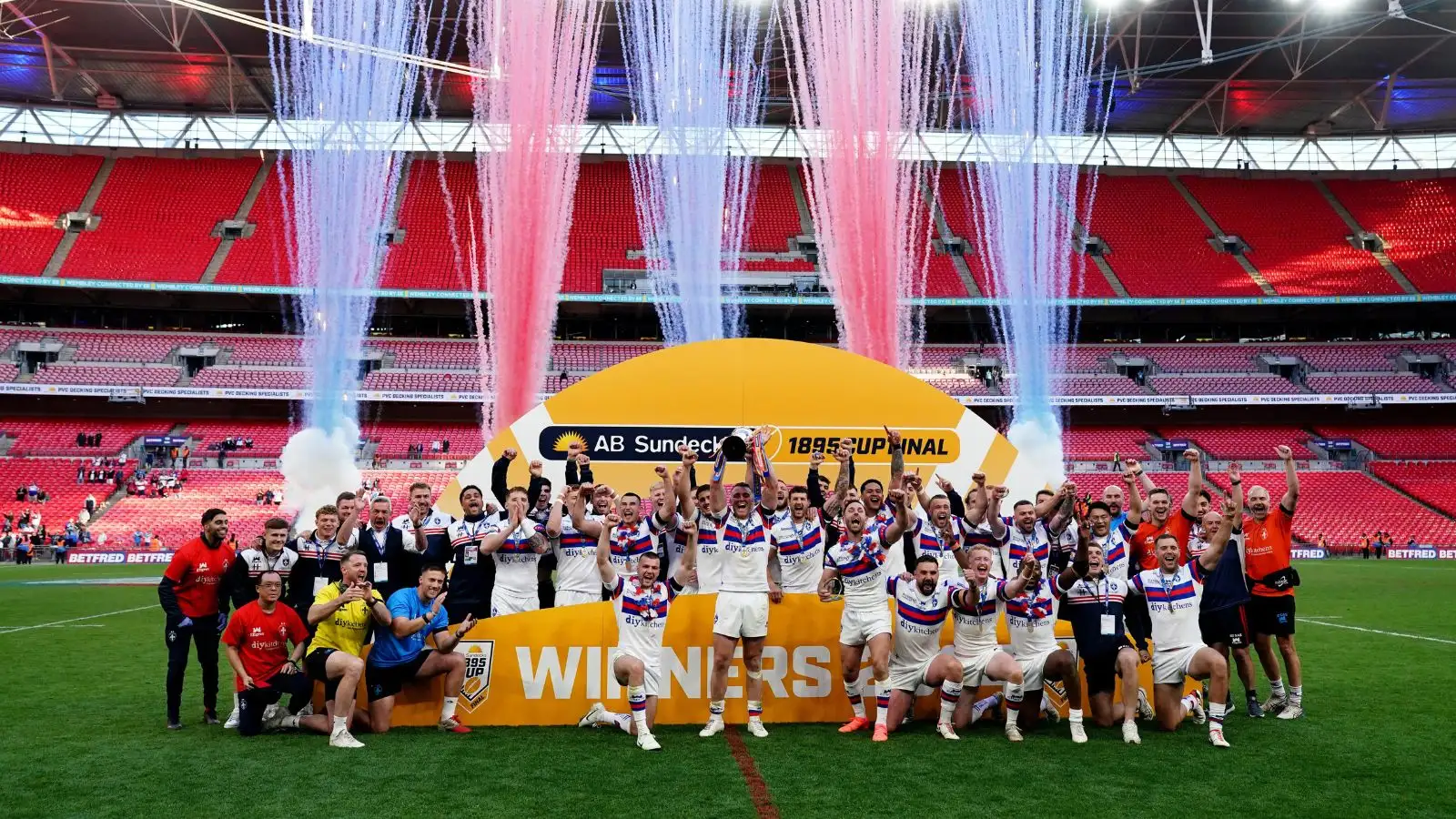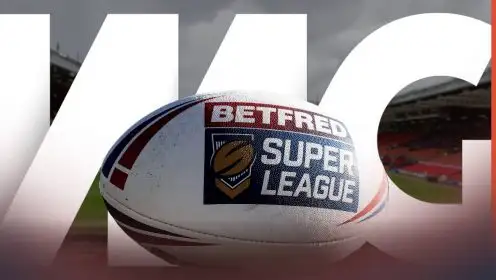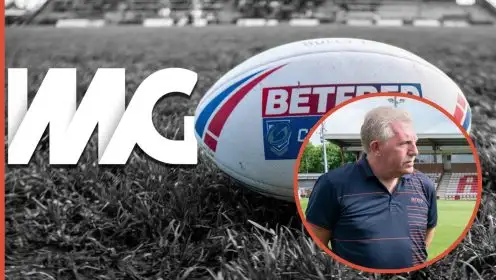Explainer: How the RFL’s new rules on ‘match limits’ capping players’ game-time will work from 2024

The Rugby Football League have approved 44 recommended law changes by the sport’s Brain Health and Clinical Advisory Group, with major changes to how the sport looks and is played at all levels from the beginning of next season.
While the lowering of the legal tackle height to below the armpit for the community game in 2024 and the professional game in 2025 is arguably the headline, there are other key changes fans will have not seen or heard of before. That includes the introduction of ‘match limits’ from 2024 for all professional players.
With it deemed by the group that there is an increased risk of exposure to head collision and possible concussions, there was a desire to look at how to manage that exposure and decrease cumulative load on a player throughout their careers.
The recommendation? Capping the number of minutes players play in any 12-month period: otherwise known as ‘match limits’.
“Ultimately, if we reduce the number of matches players play, you reduce the exposure,” the RFL‘s strategic lead for performance and research, Professor Ben Jones of Leeds Beckett University.
“But what we’ve seen when we look at a Super League squad and the distribution of playing time across that squad, there’s a small number of players which play a high amount of minutes.” Here’s how it all works.
The preliminary numbers and the data
To examine how best to limit player exposure, the Brain Health Group studied data from a number of professional games to determine how many collisions a player was exposed to – plus the number of head acceleration events above 20G.
In Jones’ words: “You wouldn’t get 20G head acceleration in any normal event, it’s akin to what collision athletes would see.”
The numbers are startling. Naturally, forwards were exposed to more collisions than backs but Jones insisted on Thursday: “The magnitude of how many more was confronting to us.”
If a forward plays the equivalent of 30 full games – 2,400 minutes – they would be exposed to roughly 1,500 collisions. A back would need to play the equivalent of 67 full games to get the same number of collisions.
For head accelerations above 20G, the same number a forward would get in 30 full games is the same a back would get in 59 full games. That led the group to conclude that match limits would be different for forwards and backs.
What are the match limits?
As explained previously, they are based on position – but they are also based on age:
Forwards over 22 will be limited to 25 full game equivalents – 2,000 minutes of rugby. Backs over 22 will be limited to 30 full game equivalents in a 12-month period: 2,400 minutes.
For forwards 22 or younger, the limit will be 20 full game equivalents, while backs of that age bracket get 25 full game equivalents. Players 18 or under have an even lower match limit: forwards have 15 full game equivalents and backs 20.
What is a ‘full game equivalent’?
It’s a phrase you’re likely going to hear a lot of in the coming days, weeks and months. It is essentially the number of 80-minute periods – the length of a game of rugby league – a player can take part in.
As Jones said on Thursday, one full game equivalent could be one match where a player is on the field for 80 minutes, it could be two games where a player plays two 40-minute spells in separate matches, four 20-minute stints in four different games and so on.
Essentially, when any player completes 80 minutes of rugby, they have completed one full game equivalent. The 12-month period is a rolling period, and is not bound by any calendar year or season schedule.
For example, if a player suffers an injury and does not play in a new season until April, their 12-month period would begin then.
How is it enforced?
Clubs will have access to all of the data to see how many minutes their players have played, and how close any of them may be to their match limits.
The RFL also have that data and insisted on Thursday they would not enforce match limits, with the hopes that the clubs take matters into their own hands and adhere to the regulations.
Are there exemptions?
It appears so. For example, if one forward has already played 25 full game equivalents and is due to play in a Grand Final, they would not be prevented from doing so.
The concept was likened by Jones to one going into an overdraft with their bank; they can play above and beyond their match limits in a season, but then will have to sit out more rugby at the start of the next season until their 12-month rolling period begins again.
“When you look at reducing cumulation over a full player’s career, this is significant,” he said.
“What we’ve also done around this recommendation is that it’ll be a rolling 12-month period. It isn’t that you have credits and can spend them before a Grand Final.
“It’s if you go into an overdraft at the back end of the year, the club and player will need to reduce their game-time at the start of the next time within that 12-month period.”
What competitions do match limits count for?
All domestic rugby in the United Kingdom – so league, Challenge Cup, 1895 Cup and play-offs.
It does not include international rugby, as the IRL do not have these rules in place so players are not bound by any match limits at international level.
READ NEXT: Major law changes not being made in reaction to legal threat, insists RFL chief Robert Hicks



